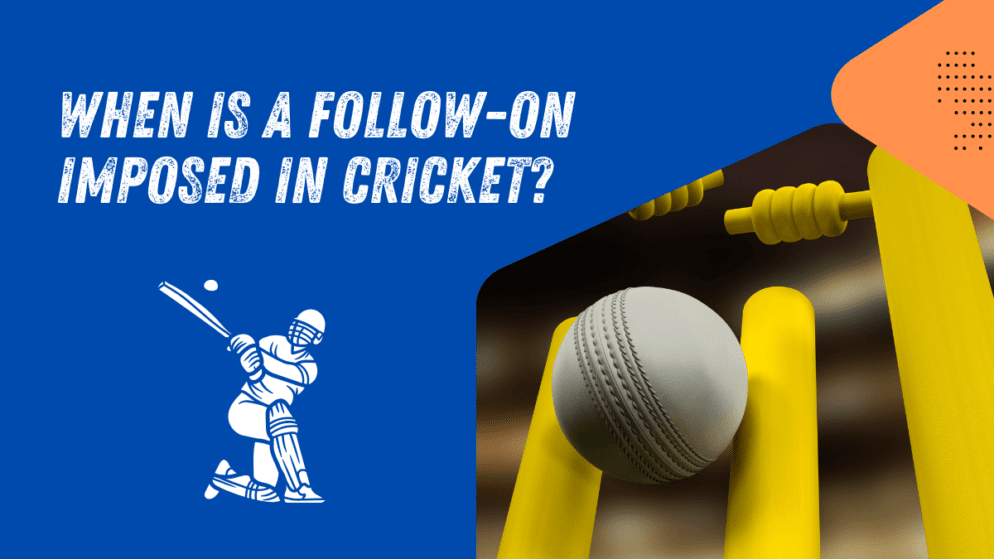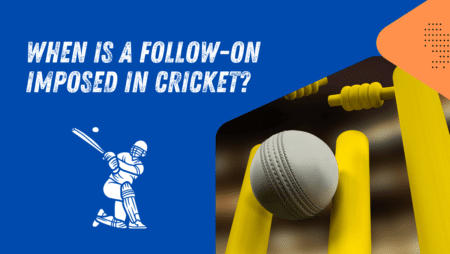

First class cricket is the format of professional cricket wherein a match is scheduled for at least three days of play. In international cricket, such a test match lasts for five days. Across these days of plays, both the participating teams bat alternatively twice. The winning side is the one who managed to score more runs at the end of their designated innings.
The only instance when a team bats both it’s innings in succession (breaking the alternate pattern) is a result of a ‘follow-on’ imposition. This is a scenario that can be better understood by an example.
Let’s say that Team A is batting first and has managed to score 400 runs in their first innings. In response, Team B manages only 150 runs, thereby putting Team A in a position where they are leading by 250 runs. Since the deficit is of over 200 runs (in a three or four day match this threshold is set to 150 runs), the captain of Team A has the option of imposing a follow-on, meaning that Team B will be yet again put to bat and utilize its second innings.
This scenario now becomes an uphill task for Team B as they now have to not only bridge the gap by scoring 250 runs but score in excess of it to set a target for Team A to chase. Should Team B fail to take a lead (i.e., in our case scoring over 250 runs) and are bowled out, then Team A is declared the winner. If the scheduled days of play are over, and Team B is yet to be bowled out but has not yet taken a lead, then the match is declared a draw.
As of April 2025, there have only been four instances in professional international cricket where a team on whom the follow-on was imposed went on to win the match. Moreover, there have been only two instances where a side that was not made to follow-on won the test match.
The follow-on rule has had a topsy-turvy history. Between 1744 to 1900 there were different rules to suggest whether a follow-on was optional or not, and what the deficit score must be to impose a follow-on. Another eight decades later, the laws of cricket finally laid out the actual terms of the follow-on.
The captain who decides to take a call on the follow-on does so by considering three things: physical toll on his/her side’s bowlers, condition of the pitch, and the scoreline. It can be strenuous for the bowlers to bowl for consecutive days. However, the pitch tends to change on the fourth and fifth days of the match, usually in favor of the bowlers. Finally, the captain’s tactical prowess is put to test when they consider the scoreboard. Thus, one of the most important facets of test cricket is a skill-set to hone for any professional test cricketer.








